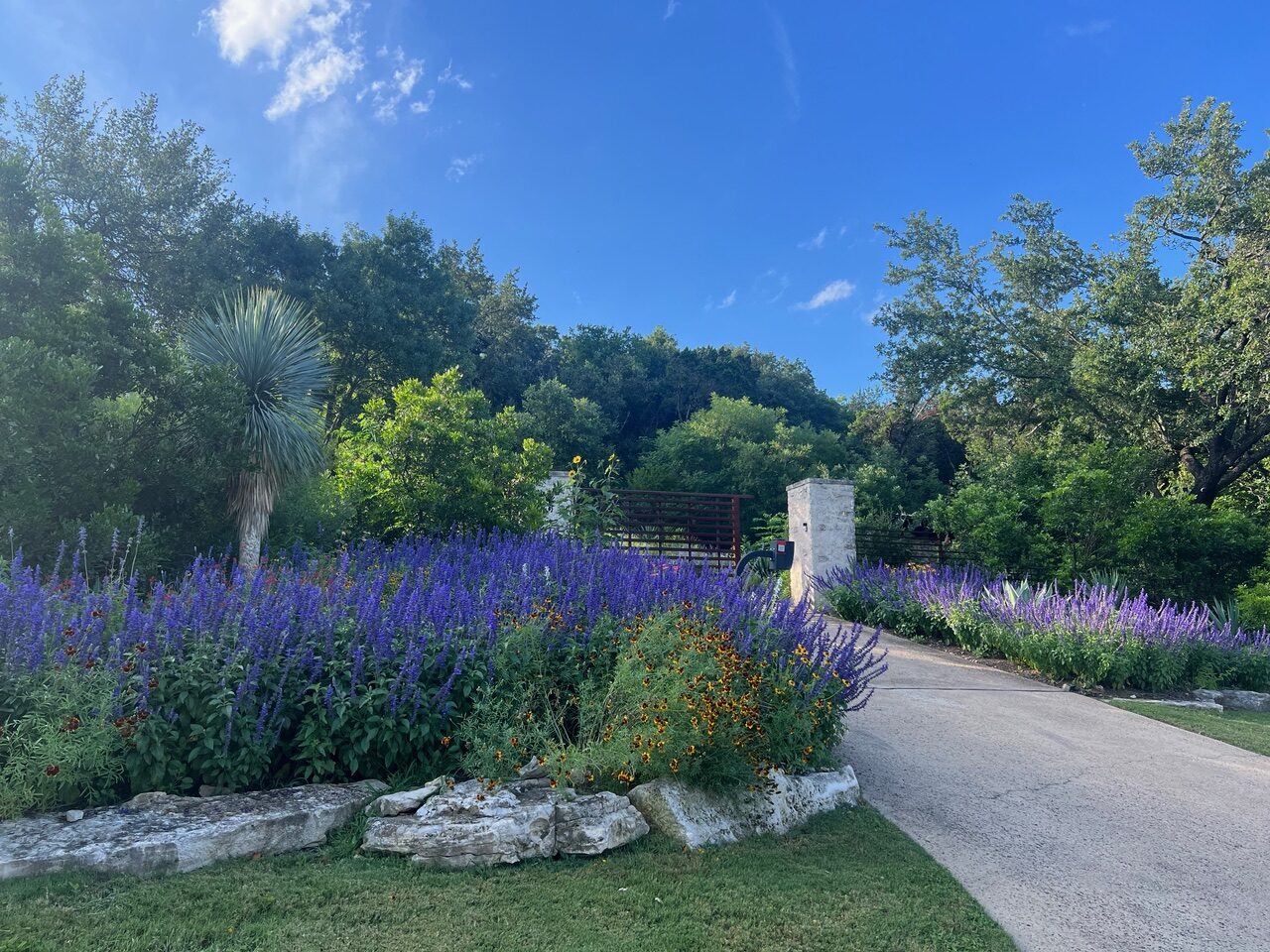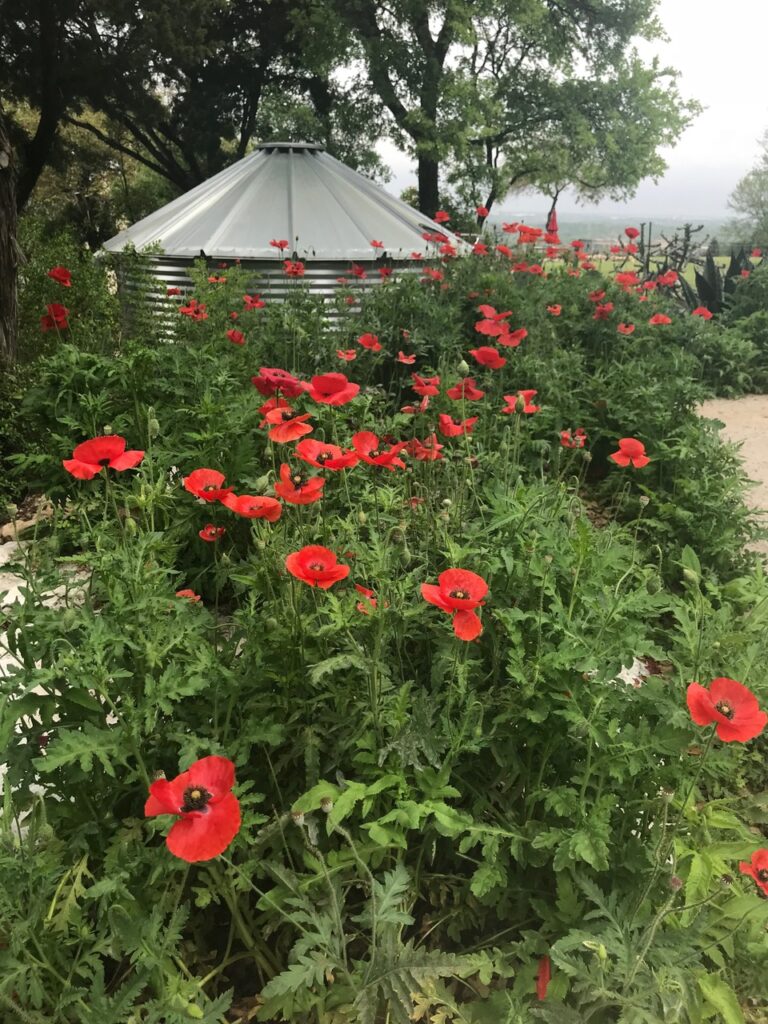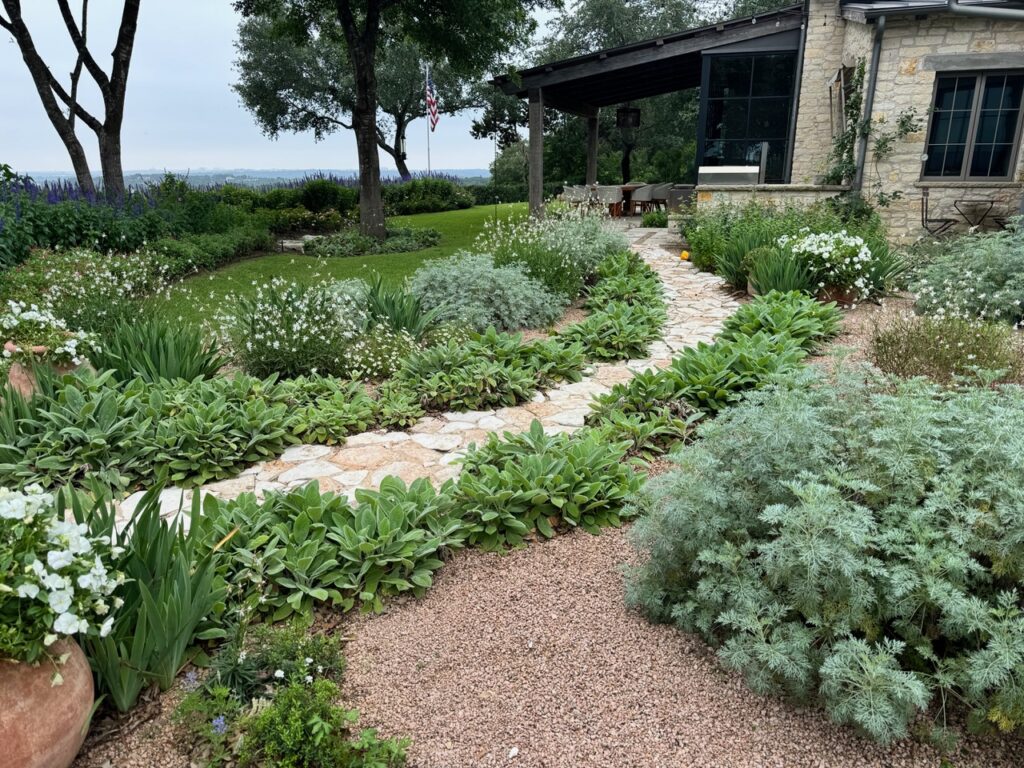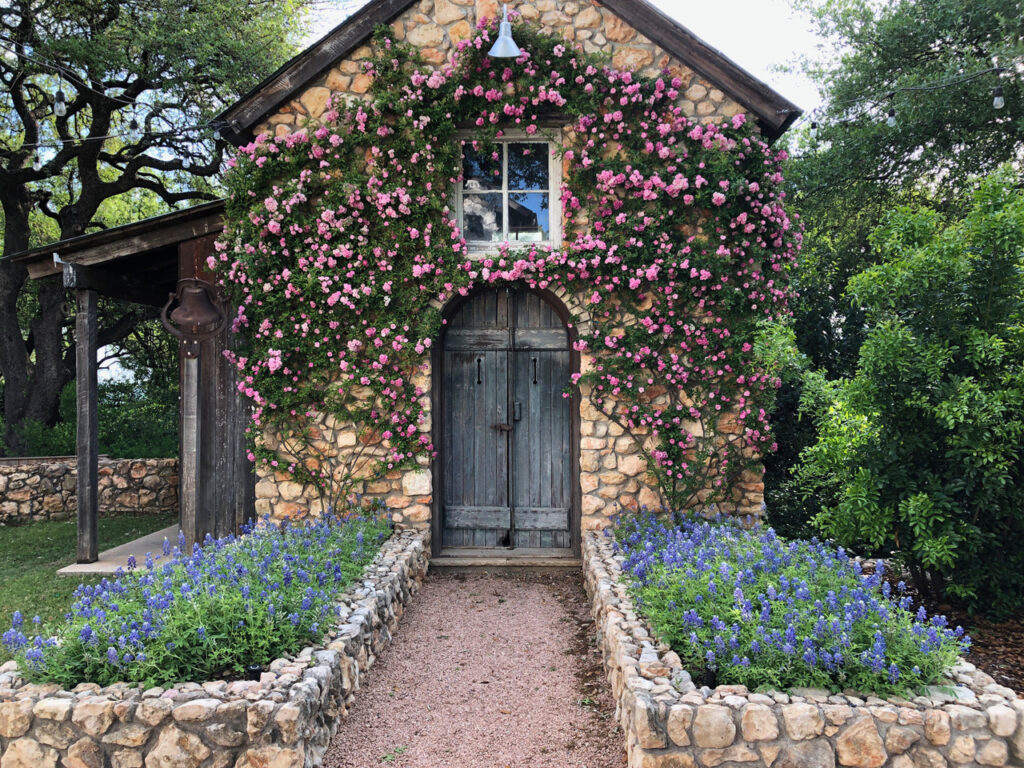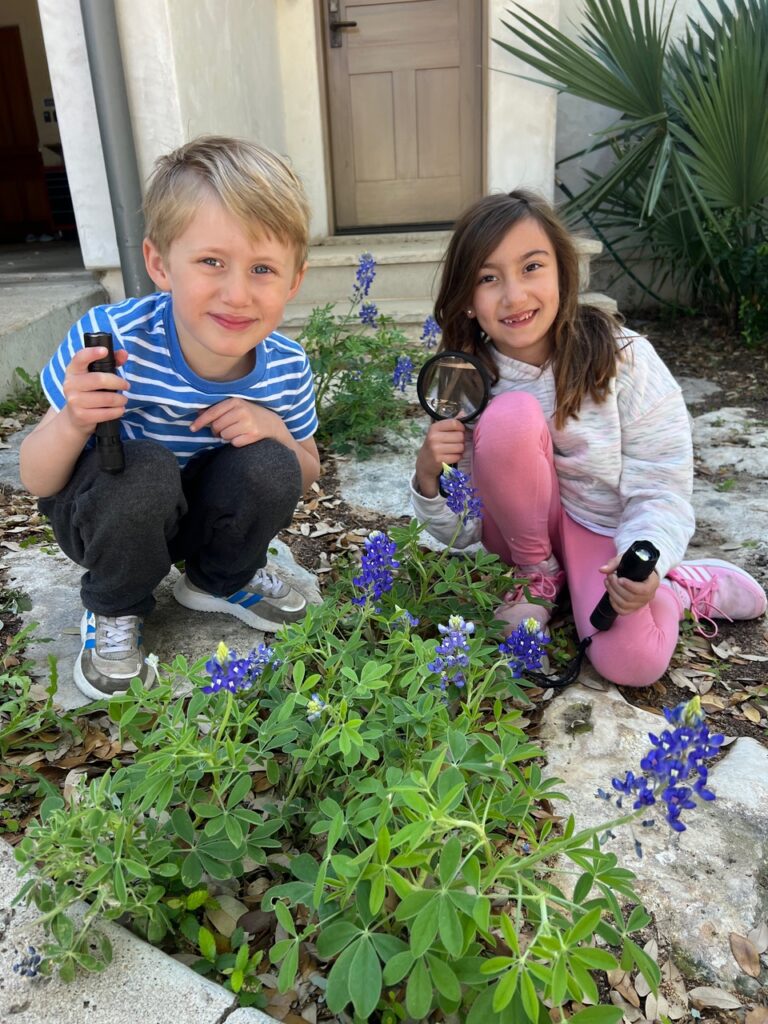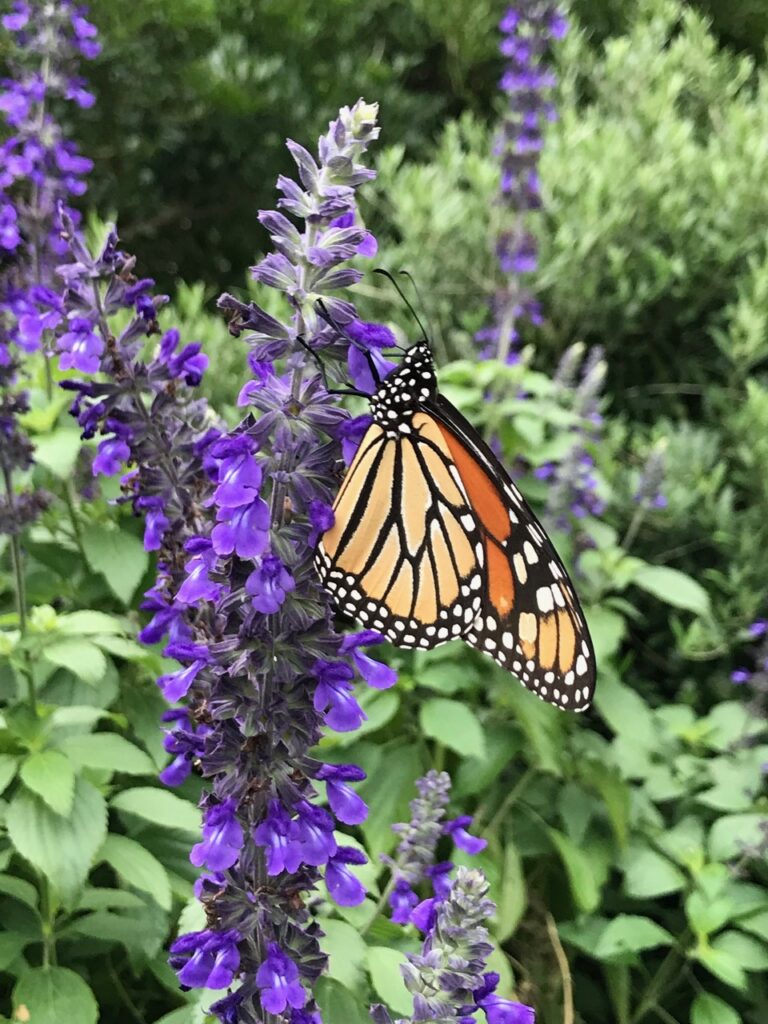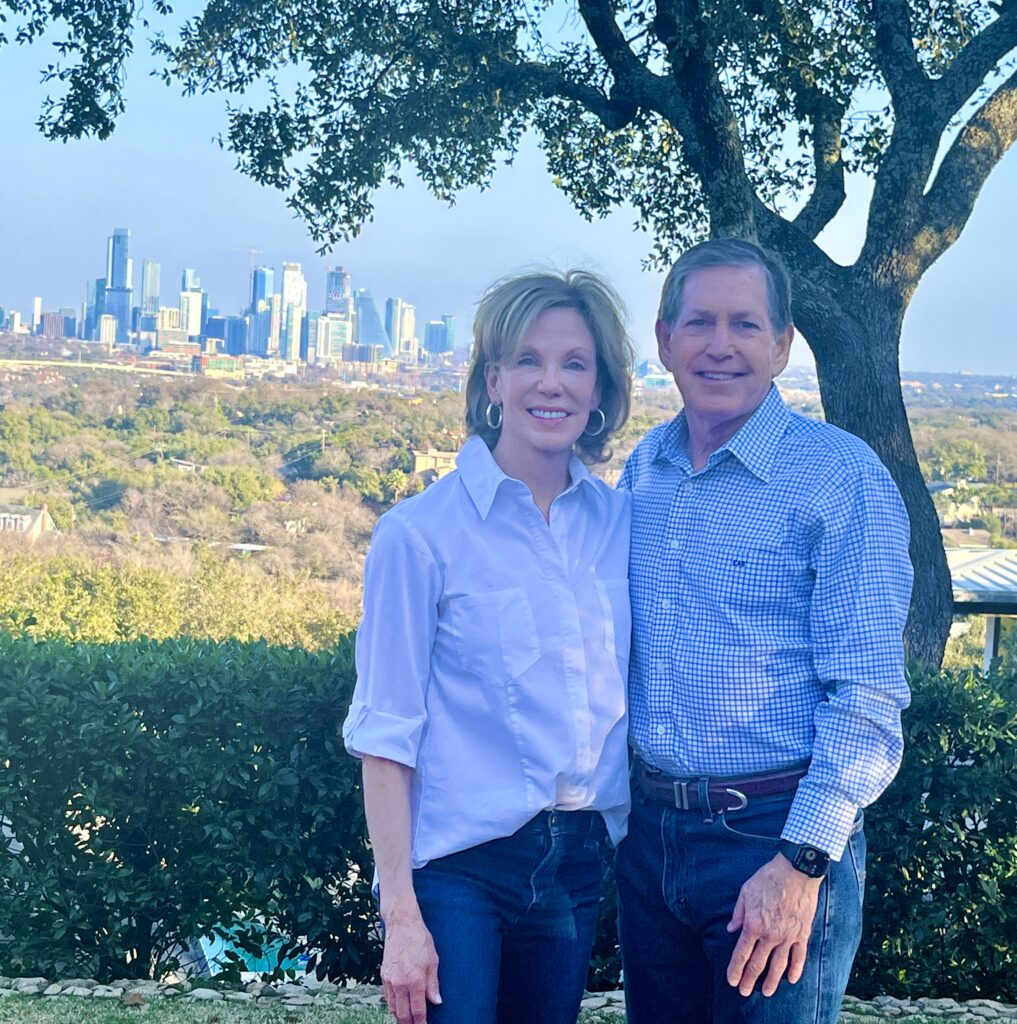By Anne DeVries
A West Austin garden has been added to the Smithsonian Archives of American Gardens, making it the first in Austin to receive such recognition. The Ruthie and Gene Burrus garden, submitted for consideration by the Hill Country Garden Club in Austin, a member of the Garden Club of America, is being celebrated for its outstanding commitment to native gardening and environmentally sustainable practices.
Nestled atop a hill overlooking downtown Austin, the garden is a testament to the Burruses’ vision of creating a space that beautifies the land and nurtures the local environment. Since moving to Austin in 2009, the Burruses have worked to design a home and garden that integrates seamlessly with the surrounding landscape, using native and adapted plants that support pollinators, birds, and other wildlife.
"We wanted a garden with purpose," said Ruthie Burrus. "Not just something beautiful to look at, but one that gives back to nature."
Ruthie Burrus was blessed to have found her passion at an early age. She grew up living next door to her grandmother, who she followed almost daily in the garden. Her mind and heart learned to appreciate the magnificence of nature at an early age.
The Burruses’ garden is a Certified Wildlife Habitat and Monarch Way Station, providing a sanctuary for pollinators like bees, butterflies, and hummingbirds. A key feature of the garden is its low-impact approach to landscaping. Solar panels power the home, a 10,000-gallon water retention tank collects rainwater, and the Burruses avoid using chemicals like insecticides or herbicides. Instead, they focus on building healthy, living soil with organic compost, encouraging a thriving ecosystem for native plants.
The garden spans three distinct ecosystems: a wildflower meadow, a more formal hilltop area, and a shady, protected space. In the spring, the wildflower meadow bursts with native blooms like Texas bluebonnets, pink evening primrose, and Indian blanket, while in the summer and fall, vibrant lantana, rock rose, and milkweed take center stage. The hilltop area features sun-loving plants like salvias, roses, and butterfly bushes, while the shaded southern edge is home to live oaks and a mix of wildflowers and perennials.
Submittal and approval by the Smithsonian Archives of American Gardens are laborious and took the Burruses three years. Detailed documentation is required, including essential information about the garden’s location, design, and historical context.
The Smithsonian Archives is a learning tool for research and the history of American gardens. It helps those studying horticultural design and identifies the geographical challenges for successful gardening.
The Burruses hope their garden will inspire others to adopt native plants and environmentally friendly landscaping practices. They aim to demonstrate that a garden doesn’t need to be perfect to be beautiful and beneficial. In today’s world, pollinators are desperate for food and habitat. Remarkably, animal pollinators make possible one in every three bites of food we consume. Without them, there would be no flowers and, ultimately, no people.
“We hope our garden will encourage others to work with nature, avoid chemicals, and create habitats that help pollinators thrive.” Ruthie Burrus shared.
The Burruses open their home up as much as possible through various interest groups to share their garden. Beyond a testament to their love of nature, their creation acts as a gathering place for their nine grandchildren, where they teach them to dig in the dirt, plant seeds, and adore bees instead of running from them.
This recognition from the Smithsonian Archives of American Gardens highlights the growing importance of native gardening and sustainable practices, particularly in Central Texas, where drought-tolerant, low-water plants are crucial to preserving the region’s natural beauty and biodiversity. The Burruses’ dedication can work to inspire us all to connect with nature, face its challenges, and remember that protecting our soil and water supply from pollutants is a responsibility we all share.


